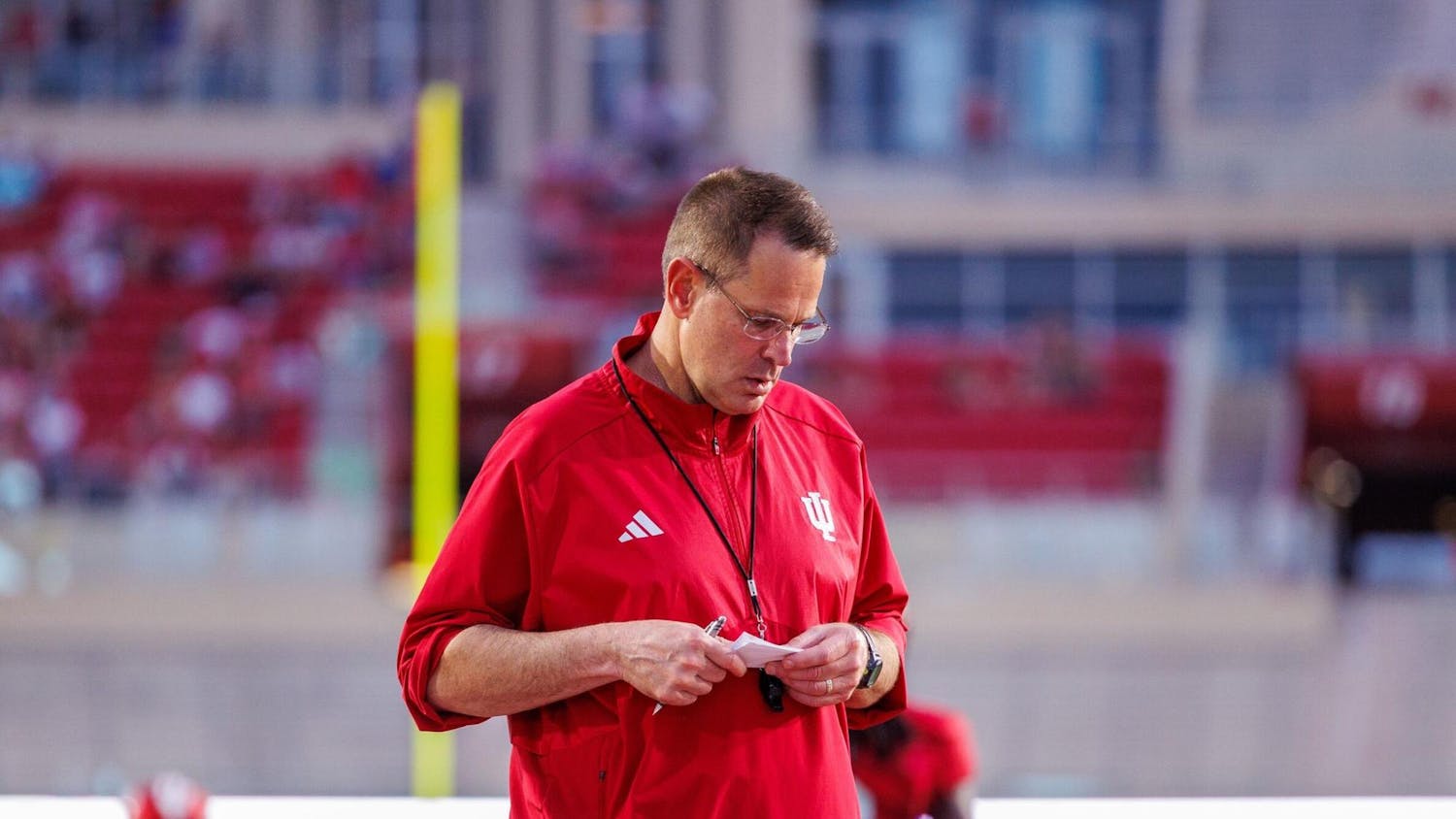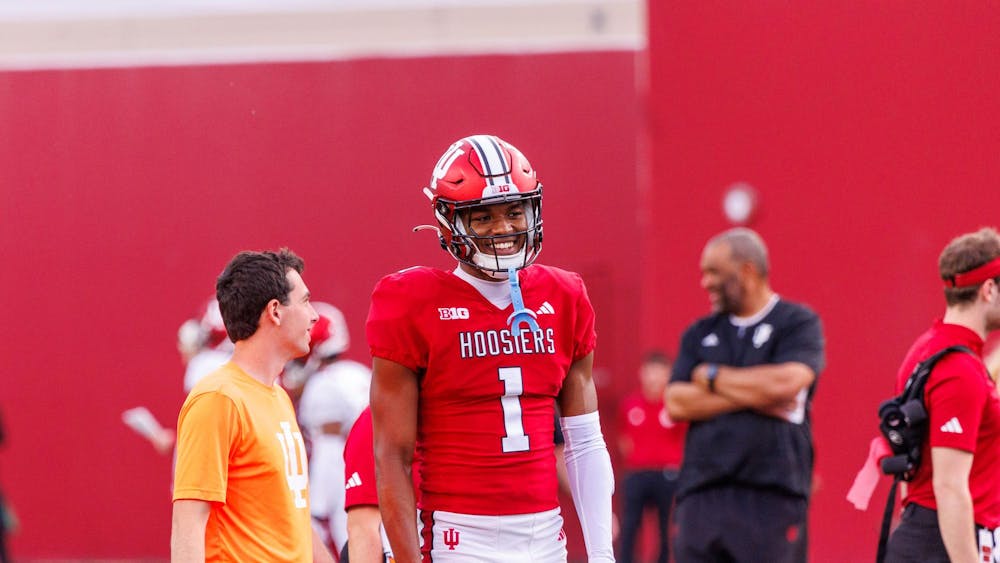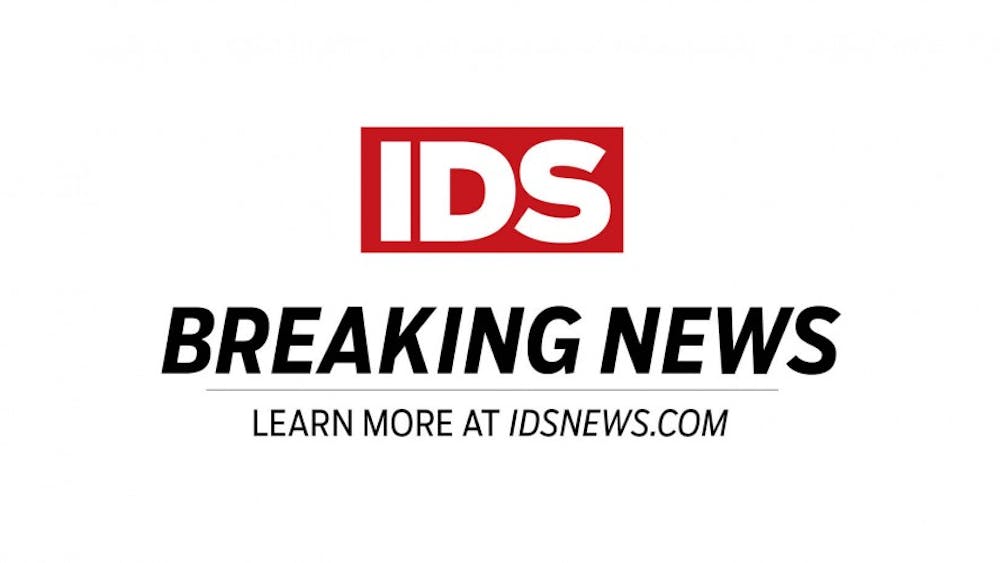WASHINGTON -- Flush with extra cash from tax cuts, America's consumers treated themselves in August and spent with gusto, good news for the economy's revival.\nThe Commerce Department reported Monday that consumer spending increased by a strong 0.8 percent last month on top of an even bigger 0.9 percent advance in July as larger paychecks and other incentives from President Bush's third tax cut began to take hold.\n"Consumer spending turned in another stellar performance," said Wachovia economist Mark Vitner. "Spending continues to be bolstered by the recently enacted tax cuts."\nAmericans' disposable incomes, or what's left after taxes, advanced by 0.9 percent in August, following a 1.5 percent jump in July.\nThe government attributed much of the increase in disposable incomes in both July and August to the president's tax cut, which lowered federal tax withholdings, boosting people's take-home pay and provided other incentives.\nCommerce Secretary Don Evans said the tax cuts are "helping American consumers keep more of the money they earn" and that "their increased purchasing power is strengthening our economy."\nExcluding the tax impact, disposable incomes increased by a more modest 0.3 percent in July and 0.2 percent in August.\nThe spending and income figures are not adjusted for price changes.\nOn Wall Street, the report helped to push stocks higher. The Dow Jones industrials gained 67.16 points to close at 9,380.24.\nConsumer spending accounts for roughly two-thirds of all economic activity in the United States. Because of that, the behavior of shoppers is a major factor in shaping the economy's recovery.\nThus far, consumers are spending enough to keep the nation's cash registers humming and the economy's rebound chugging forward.\nThe economy grew at a 3.3 percent rate in the second quarter of this year, and economists are predicting that it is now gaining even more momentum.\nMany analysts believe the economy is growing at a rate in excess of 5 percent in the current quarter and should be able to maintain growth above 4 percent in the final three months of the year.\nThat forecast, if it proves to be correct, would represent the strongest back-to-back growth rates since the last two quarters of 1999.\nStill, analysts caution that they have predicted second-half economic rebounds for three years that have failed to happen as consumers and companies grew cautious -- concerned about their own financial situations as well as the economy's future.\nNear rock-bottom short-term rates, the latest round of tax cuts and a refinancing frenzy earlier this summer are helping to support consumer spending.\n"Those ingredients translated into a big helping of spending by consumers," said Stuart Hoffman, chief economist at PNC Financial Services Group.\nThus far, those positive factors are helping to offset the negative impact of a sluggish job market. In August, businesses slashed jobs for the seventh month in a row. And, more recently, claims for unemployment benefits have remained stubbornly high.\nMonday's report, however, also showed that wages and salaries increased by just 0.1 percent in August, after being flat in July -- a reflection of the lackluster labor market. Some economists worry about the vigor of consumer spending in the coming months if the job market doesn't improve.\nConsumer spending on "durable" goods -- costly manufactured products such as cars and appliances -- went up by 2.8 percent in August, following a 3.3 percent increase in July.\nSpending on "nondurables" such as food and clothes, rose by 0.9 percent for the second straight month. For services, spending increased by 0.3 percent in August, after a 0.5 percent gain.\nBecause disposable income growth outpaced spending, the nation's personal savings rate, or savings as a percentage of after-tax incomes, rose to 3.8 percent in August from 3.6 percent in July. The savings rate in August marked the best showing since February.\nAmid signs that the economy is picking up speed, the Federal Reserve earlier this month decided to hold a key short-term interest rate at a 45-year low of 1 percent and hinted that the rate could stay there for some time.
Tax cuts help spur growth
Get stories like this in your inbox
Subscribe





